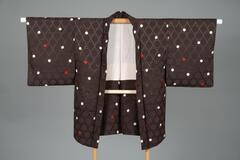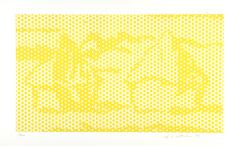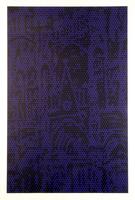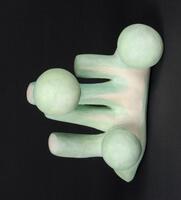7 UMMA Objects
7 UMMA Objects

Japanese (Japanese (culture or style))
Haori
20th century
Gift of Howard and Patricia Yamaguchi
2013/2.478

Roy Lichtenstein (American (North American))
Haystack #1, from "Haystack Series R L 69-231"
1969
Gift of Dr. Seymour and Barbara K. Adelson
2010/2.38

Roy Lichtenstein (American (North American))
Rouen Cathedral #6, from "Cathedral Portfoiio R L 69-230"
1969
Gift of Dr.Seymour and Barbara K. Adelson
2010/2.37

Roy Lichtenstein (American (North American))
Finger Pointing
1973
Gift of Mr. Robert Rauschenberg
1976/2.118

Roy Lichtenstein (American (North American))
The Melody Haunts My Reverie
1965
Gift of Dr. Seymour and Barbara K. Adelson
2006/2.2

Barbara Levine
Pop Dots
1988
The Dorothy and Herbert Vogel Collection: Fifty Works for Fifty States, a joint initiative of the Trustees of the Dorothy and Herbert Vogel Collection and the Nation Gallery of Art, with generous support from the National Endowment for the Arts and the Institute for Museum and Library Services
2008/2.243

Japanese (Japanese (culture or style))
Kimono
20th century
Gift of Howard and Patricia Yamaguchi
2013/2.473
Loading…
